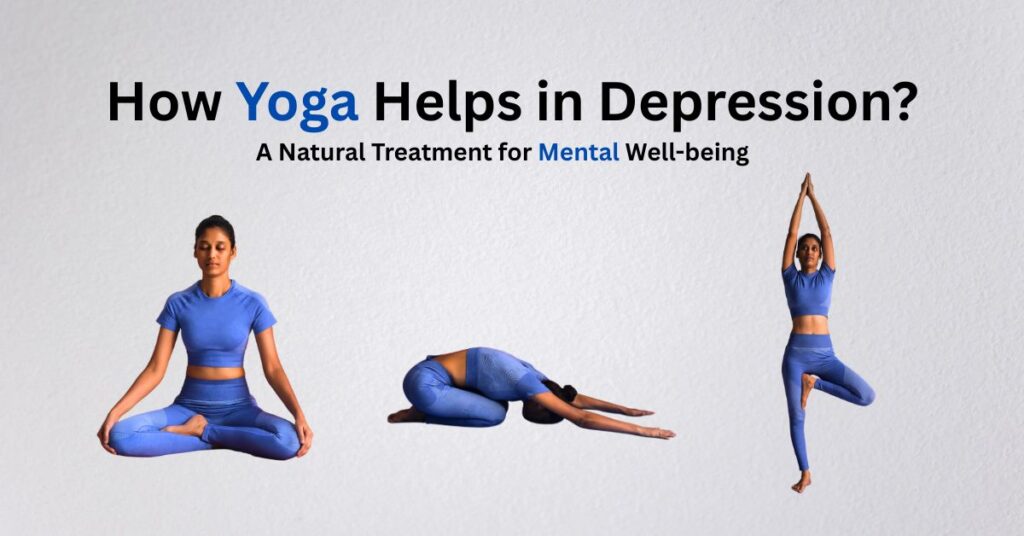
Depression is one of the most common mental health issues affecting millions of people worldwide. Traditionally, depression treatment involves psychotherapy and medications, but not everyone finds relief through these methods. While one-third of the population may respond positively to their first round of treatments, many others continue to struggle. This discrepancy has led to an increased interest in alternative therapies, with mind-body practices like yoga gaining considerable popularity over the last decade.
Yoga’s Growing Popularity in Treating Depression
Yoga’s rise in popularity as a holistic treatment for depression is notable. A study found that the percentage of the U.S. population practicing yoga increased from 5.8% in 2002 to 10.1% in 2012. Research has shown that yoga can significantly reduce depression symptoms and is just as effective as exercise for this purpose. Yoga not only helps in the long-term reduction of depression symptoms but also enhances treatment remission rates.
Understanding Depression: Signs and Symptoms
Depression is more than just feeling sad. It’s a serious condition that affects how you feel, think, and behave. Unlike regular sadness, depression is persistent and interferes with daily functioning. If left untreated, depression can lead to significant health complications, including suicidal thoughts.
To be diagnosed with major depression, a person must exhibit at least five of the following symptoms for two consecutive weeks, with at least one being either loss of interest or depressed mood:
- Persistent depressed mood most of the day
- Diminished interest or pleasure in activities
- Changes in appetite, leading to weight gain or loss
- Sleep disturbances, such as insomnia or oversleeping
- Fatigue or loss of energy
- Irritability, anxiety, or restlessness
- Feelings of helplessness, hopelessness, or worthlessness
- Difficulty concentrating or making decisions
- Thoughts of death or suicidal attempts
How Depression Can Be Prevented
Depression can affect anyone, at any age, and is influenced by various factors such as:
- Family history of depression
- Experiencing stress, trauma, or life-changing events
- Having a physical illness like cancer
- Using certain substances or medications
Although it may not always be possible to avoid depression, lifestyle choices such as adequate sleep, regular exercise, and stress management can reduce the likelihood of developing chronic depression.
Why Yoga is a Natural Treatment for Depression
Yoga is a powerful practice that combines physical postures, breathing exercises, and meditation. This ancient therapy helps reduce depression symptoms by addressing the mind-body connection.
How Yoga Benefits Depression:
- Serotonin Boost: Yoga increases serotonin production, which plays a key role in regulating mood and is linked to feelings of happiness. Research suggests that individuals with depression often have lower levels of serotonin.
- Stress Reduction: Yoga helps balance the body’s stress response by enhancing heart rate variability (HRV). A high HRV indicates that the body can better manage stress, leading to a calm, relaxed state.
- Improved Concentration: With its focus on breathing, alignment, and concentration, yoga helps improve mental clarity and reduces feelings of mental fog that often accompany depression.
- Physical Benefits: Yoga can also lower blood pressure, improve breathing, and enhance pain tolerance, all of which contribute to overall well-being.
- Gentle and Accessible: Yoga is adaptable for all ages and fitness levels, making it a suitable treatment for everyone, from beginners to seasoned practitioners.
Yoga’s fluid nature and emphasis on gentle movement make it a low-impact but effective method for reducing depression symptoms. The focus on relaxation and mindfulness helps soothe the nervous system, calm the mind, and increase feelings of self-worth and confidence.
Types of Yoga for Depression
There are various styles of yoga, and some may be more beneficial than others for managing depression. Common styles include:
Hatha Yoga: Ideal for beginners, this style focuses on gentle movements and postures that improve strength and flexibility.
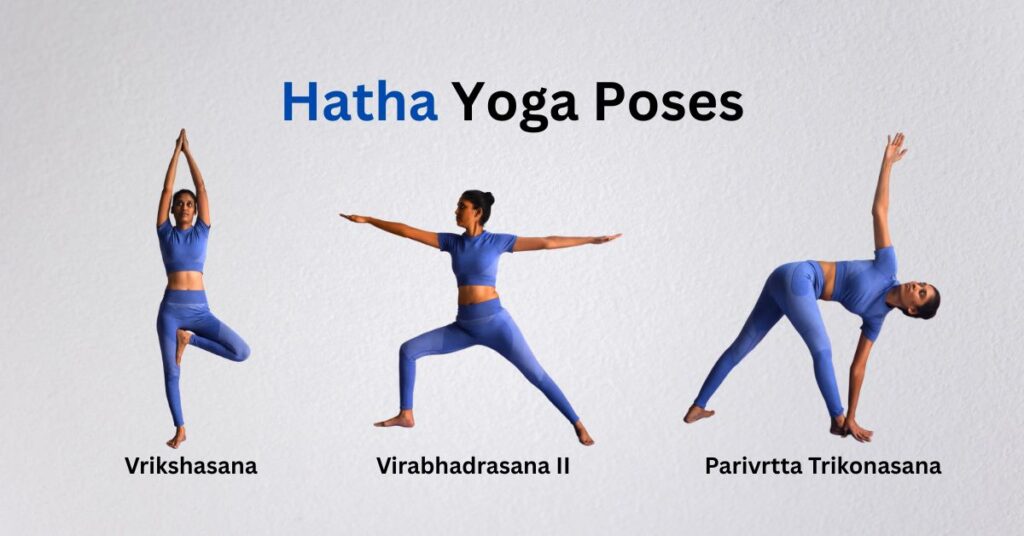
Restorative Yoga: Focuses on deep relaxation and stress relief through long-held poses.
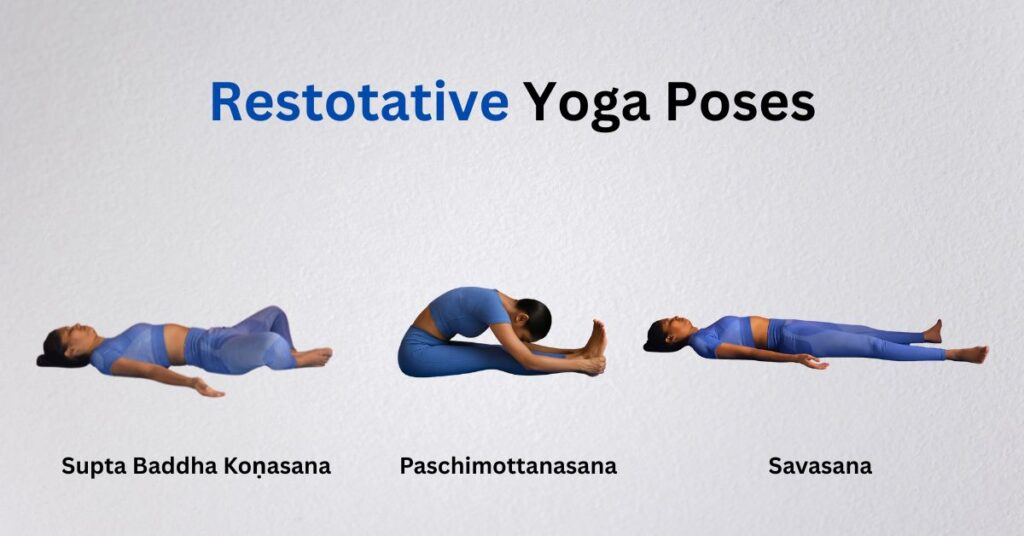
Vinyasa Yoga: This dynamic style of yoga includes synchronized movement with breath, which helps increase heart rate and stimulates energy.
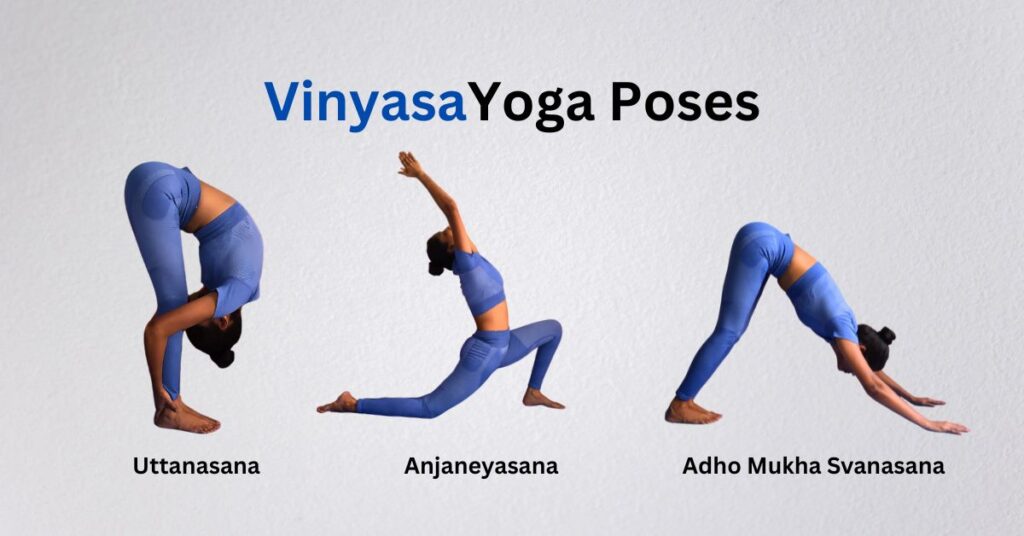
Kundalini Yoga: Involves breath control, chanting, and specific postures to awaken energy within the body, often used to help alleviate anxiety and stress.
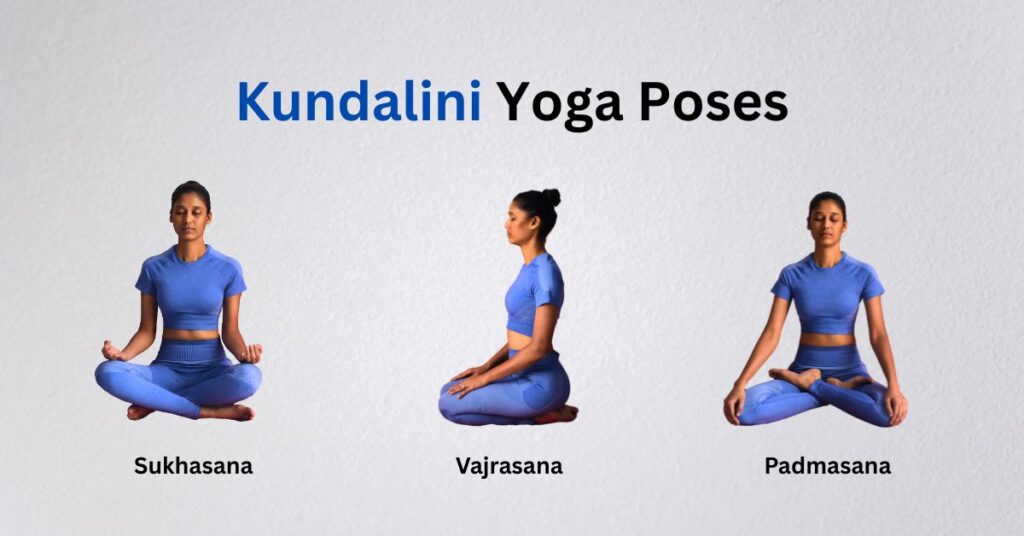
Yoga’s Impact on Long-Term Depression Relief
Incorporating yoga into a routine can provide long-term benefits, not just for relieving immediate symptoms of depression but for preventing future episodes. Mindfulness and meditative practices within yoga help cultivate self-awareness and a more positive outlook, while physical poses promote overall health.
Depression: A Global Challenge
The World Health Organization (WHO) predicts that by 2030, depression will be the leading cause of disability worldwide. As mental health issues continue to rise, it’s vital to seek effective treatments. Yoga stands out as a holistic, accessible, and powerful method of combating depression, and its benefits extend beyond mental health to physical well-being.
Conclusion: Incorporating Yoga into Your Mental Health Routine
If you’re struggling with depression, consider incorporating yoga therapy into your treatment plan. It can complement traditional therapies and may provide additional relief, especially if you’re looking for a natural way to manage your mental health. Remember to always consult with a healthcare provider before starting any new treatment regimen, especially if you are already on medication or undergoing psychotherapy.